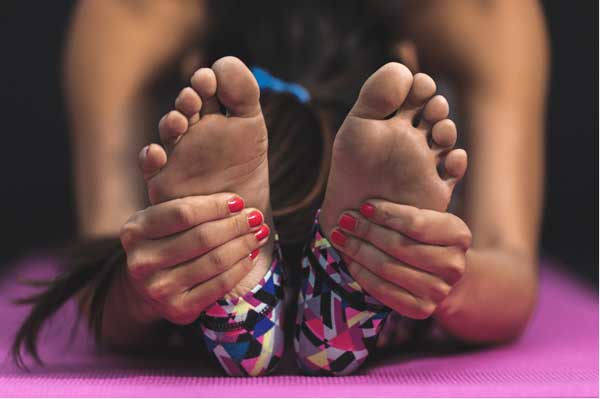Endurance athletes who take part in marathons, triathlons or century bike rides typically have fitness goals of strength and stamina. Your body needs to be strong enough to carry you long distances, and it needs to have the proper training in order to function for extended periods of time.
Before a race it’s crucial to plan a training program to prepare, and most of this will include running or cycling through intervals of faster and slower speeds, up and down hills and longer and shorter distances. It should also include cross training with strength exercises and core workouts such as Pilates for total body training.
Another factor that should be included in a pre-race program is athletic recovery and stretching. Whether you’re a new or seasoned endurance athlete, you’ll be putting your body through more intense challenges, which is sure to leave you with sore muscles from time to time, but it can also increase your risk of injury. To prevent getting hurt and having a setback, you need to take the proper precautions, which include stretching and massage.
WHY ARE STRETCHING AND MASSAGE IMPORTANT?
The new challenges your body is facing as you push it harder can cause muscles to tighten up, which can lead to knots and trigger points. Think about it – during your run or bike ride, your muscles are constantly tightening and pumping to propel you forward, and since you’re working on endurance this is happening for long periods of time. When this happens, it’s necessary to take the time to soothe the tension and work out tense points, or your body can start to overcompensate and muscles can become imbalanced.
Stretching and massage after an exercise session can help keep your muscles from cramping up, which is helpful if you’ve added extra training days to your week. Muscle cramps that are severe could prevent you from having a successful session, or they may set you back a day or two while they subside. Common areas for cramps are calves, hamstrings, quads and feet, which are problematic for runners and cyclists.
Additionally, staying flexible and agile is another important aspect of endurance sports. You need a solid range of motion, which is improved by flexibility, and you need to be quick on your feet (or pedals). To achieve flexibility and agility, you should engage in dynamic stretching as part of your warm up (constantly moving through stretches) and static stretching during your cool down (holding the stretch for up to 30 seconds).
You can also provide a self massage to your leg, back and arm muscles to keep them loose. Whether you opt for a deep tissue or relaxation massage, it will also help you sleep better so your body can rejuvenate and lower stress levels, which may increase when you think about the upcoming race. A foot massage is especially helpful if you experience plantar fasciitis or Achilles tendonitis, which require at least a few days of rest if they act up.
From gomoji.com


